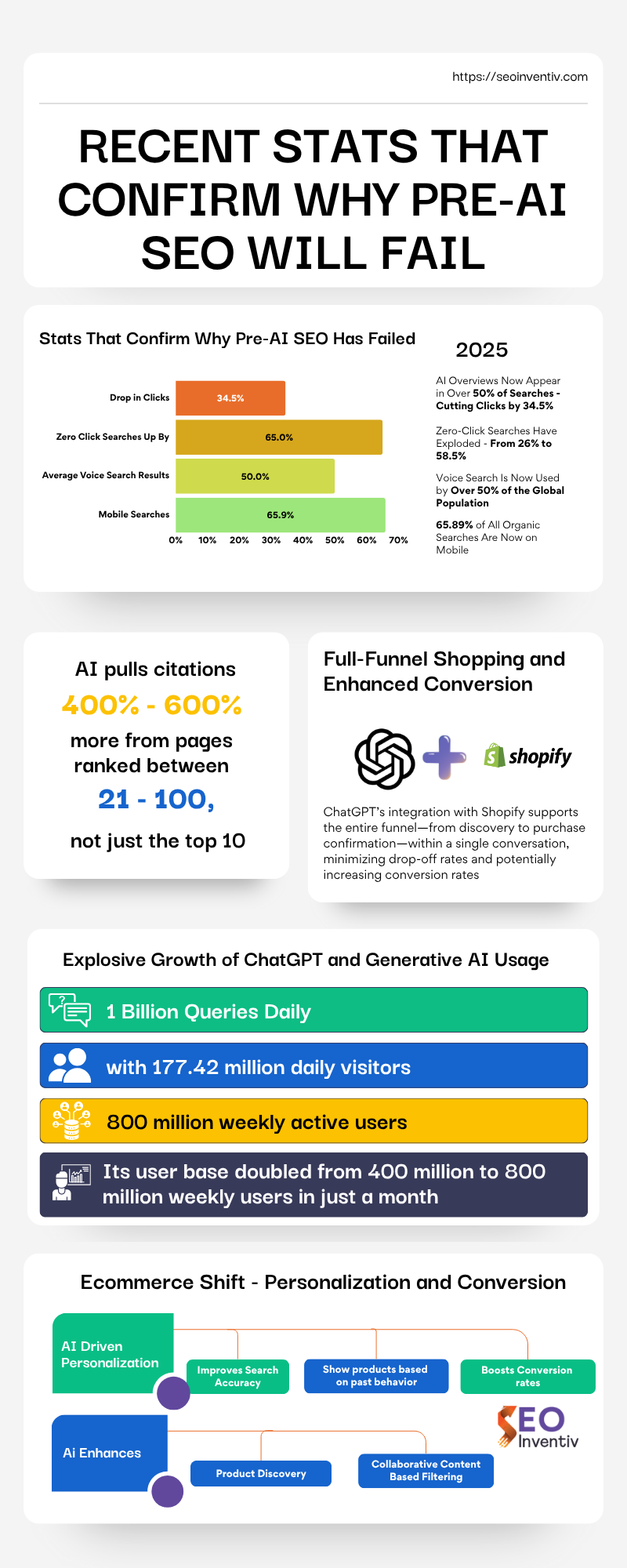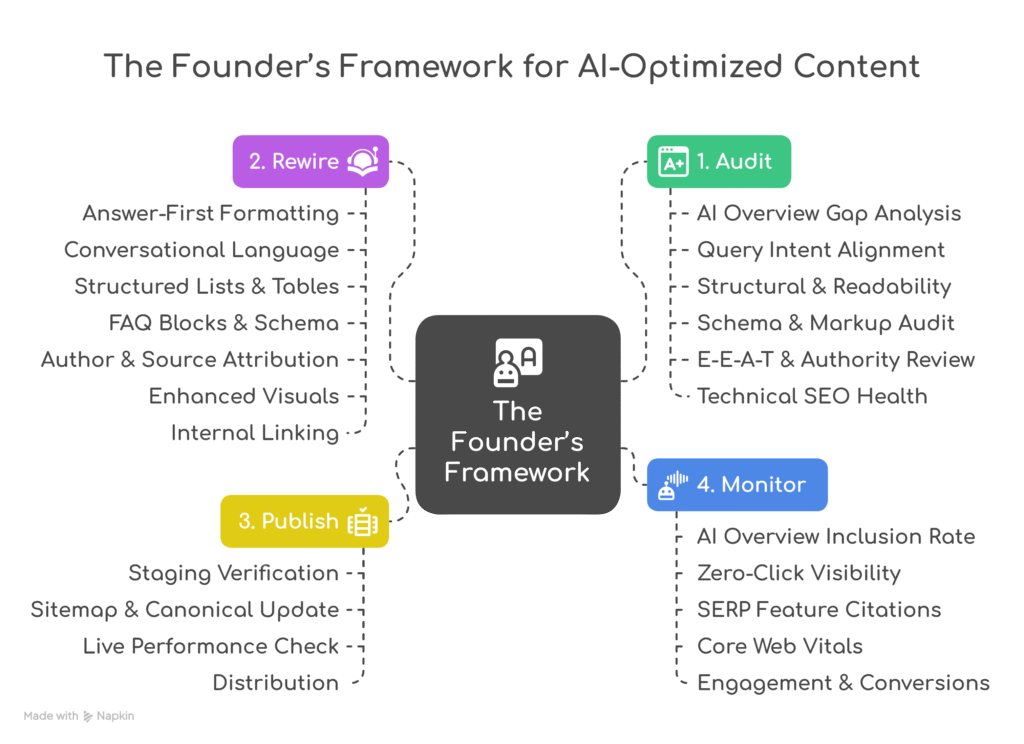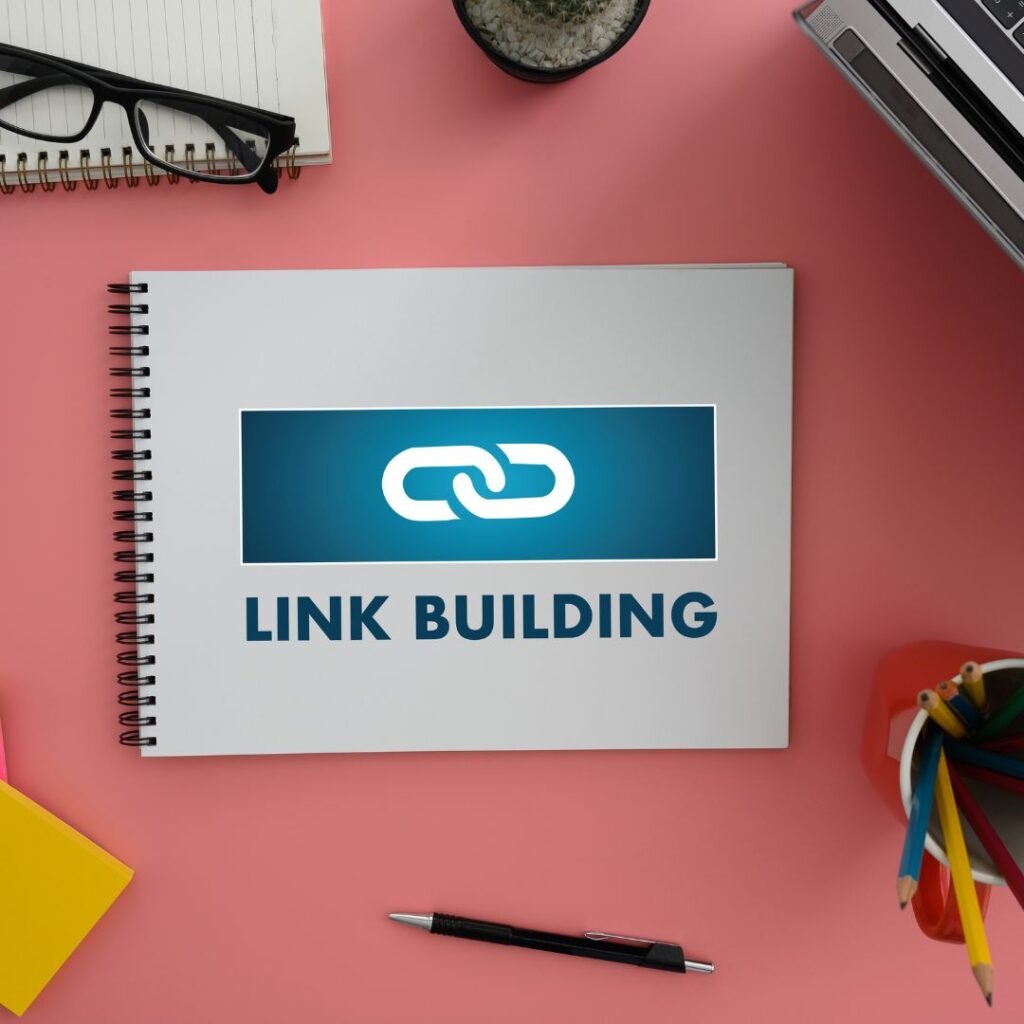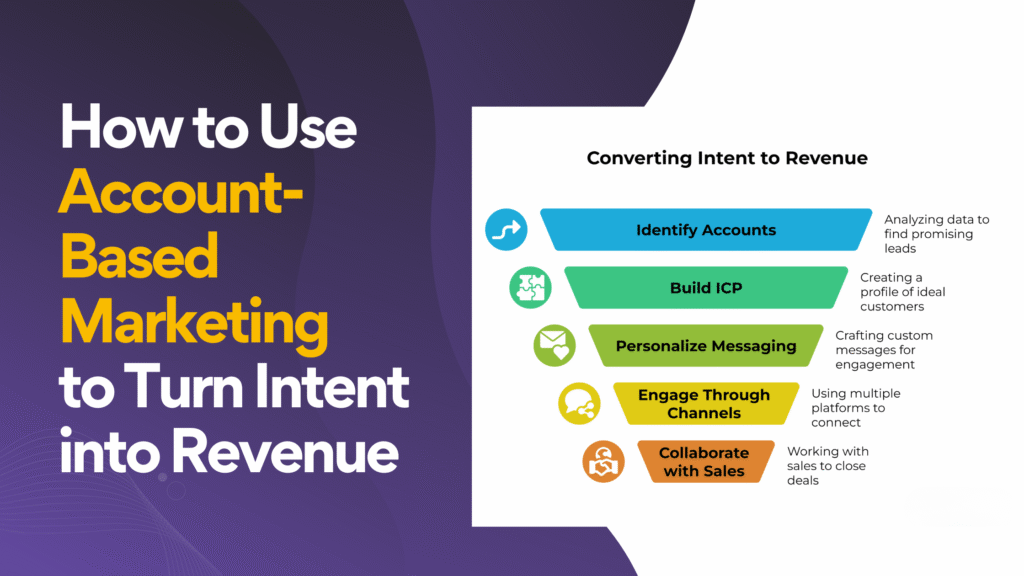Let me ask you something:
What’s the point of ranking #1… if no one clicks your link anymore?
I’ve had this exact conversation with multiple founders lately. Their traffic was solid for years until suddenly, clicks dropped, leads slowed, and they couldn’t figure out why.
The truth is:
The way people search has changed. And Google? It’s not just a search engine anymore. It’s an answer engine.
Whether you believe it or not, the old playbook of SEO: keyword stuffing, chasing backlinks, optimizing just to rank is broken.
Let’s break this down with real data.
5 Recent Stats That Confirm Why Pre-AI SEO Will Fail

1. AI Overviews Now Appear in Over 50% of Searches – Cutting Clicks by 34.5%
By mid-2025, AI Overviews are showing up in more than half of all search results. That’s up from just 25% in August 2024.
And when they appear?
Click-through rates on traditional organic listings drop by 34.5% on average.
Some industries have seen up to 55% drop in clicks.
Old SEO told you to aim for Position #1. AI SEO tells you to aim for the Answer.
Not sure how Answer Engine Optimization (AEO) fits into this shift? Here’s how AEO differs from SEO and why you need both.
2. Zero-Click Searches Have Exploded – From 26% to 58.5%
Back in 2022, about 1 in 4 Google searches ended without a click.
In 2024? That’s jumped to nearly 6 out of 10.
And with AI Overviews active, zero-click behavior shoots up to 65–75%.
If your entire strategy is built around getting users to “click” – you’re optimizing for a behavior that’s disappearing.
3. Voice Search Is Now Used by Over 50% of the Global Population
With 8.4 billion voice assistants in use and growing, more than half of the world uses voice search every single day.
What’s wild is that the average voice search results are 29 words long.
Old SEO? It was optimized for 4-word keyword strings.
That means if your content doesn’t speak in full, natural, conversational sentences, you’re invisible to voice results.
4. 65.89% of All Organic Searches Are Now on Mobile
We’re now in a mobile-first world, and Google’s indexing reflects that.
If your site is still built “desktop-first”; it’s ranking second (or worse).
Mobile traffic = 59.45% of all web traffic globally comes from mobile devices
Sites that are not mobile-optimized? Penalized or ignored.
Old SEO rewarded big landing pages. AI SEO rewards content that loads fast, looks good, and works perfectly on phones.
5. AI Prefers Pages Ranked 21–100 – 400% More Than Top 10
Here’s the biggest mindset shift:
Generative Engine Optimization (GEO) shows that AI pulls citations 400–600% more from pages ranked between 21–100, not just the top 10.
That’s right. You don’t need to “rank #1” anymore to show up in Google’s AI Overview.
It’s no longer about rankings. It’s about being structured, cited, user-centric and AI-readable.
This isn’t just another “SEO is changing” blog. This is already happening.
And the question now is:
Are you going to wait until your traffic disappears or rebuild your content for the AI era before your competitors do?
In the next section, I’ll show you a side-by-side comparison of how Pre-AI SEO differs from AI-Era SEO and why your SEO teams need to move on.
Pre-AI SEO vs. AI-Era SEO: What’s Really Changed?
Let’s be honest. Earlier, SEO used to be a checklist.
Keywords? Stuff them.
Meta tags? Check.
Backlinks? Buy some.
That worked. Until it didn’t.
Now? We’re dealing with AI Overviews, zero-click results, and voice-driven search.
And that’s exactly why your old SEO strategy might be invisible in today’s SERPs.
Here’s a quick side-by-side comparison to show you just how much the SEO landscape has shifted.
What Changed: A Full Comparison
| SEO Element | Pre-AI SEO (2019–2023) | AI-Era SEO (2024 & Beyond) |
| Search Interface | 10 blue links, standard listings | AI Overviews, zero-click results, conversational cards |
| Optimization Target | Google’s ranking algorithm | AI Overviews, GEO, AEO, voice assistants, LLM parsing |
| Content Strategy | Keyword-stuffed blogs, SEO-writing | Answer-first, Q&A formats, conversational content |
| Ranking Philosophy | Rank in Top 10 = traffic | AI can pull from pages ranked 21–100 or even unranked |
| User Intent | Keyword match, search categories | Conversational queries, intent-understanding via NLP |
| Click Expectations | Win the click at #1 | Be seen without needing the click (zero-click mindset) |
| Voice Search | Not a priority | Central to content planning (23-word query average) |
| Technical Focus | Page speed, mobile-friendly, structured data | Mobile-first, AI-readable schema, conversational markup |
| Link Building | Focus on volume and authority metrics | Focus on trustworthy citations for AI training + brand mentions |
| Content Format | Long-form blogs, landing pages | FAQ style, How-To answers, semantic headers, structured formats |
Think of It This Way:
- In Pre-AI SEO, your goal was to impress Google’s algorithm.
- In AI-Era SEO, your goal is to educate AI models like Google’s Gemini, ChatGPT, or Perplexity.
And these models don’t care where you rank.
They care if your content is:
- Easy to understand
- Structurally clean
- Credible
- Optimized for answering
If your content still looks like it was built for 2019, it’s time to rethink how you show up online.
Next Up:
Now that you know how much SEO has changed, let’s talk about what today’s SEO teams need to do to stay visible in AI-powered search.
We’ve worked with several brands recently and built a complete AI-optimized content system. It’s already helped them appear in Google’s AI Overviews, Generative Engines and led to a 27.88% increase in overall traffic with 226 sessions coming from ChatGPT


What SEO Teams Should Be Doing to Optimize for AI Engines

1. Generative Engine Optimization (GEO)
AI search engines like Gemini, ChatGPT, and Perplexity no longer look for keywords, they look for meaning. They analyse how topics connect, identify entities, and prioritize content that is structured, credible, and easy to understand. These engines don’t rank in the traditional sense; they interpret and select content that directly answers user questions. If your content isn’t clear or context-rich, it won’t be selected regardless of how well it’s optimized for old SEO.
What SEO teams should focus on:
- Use clear headings like H2s and H3s that follow a logical order.
- Include supporting data and cite credible sources
- Keep your paragraphs short and easy to scan
- Add semantic markup that helps AI engines understand what your content is actually about.
2. Answer Engine Optimization (AEO)
Answer Engine Optimization, or AEO, is like making your content easy for AI to understand and feature as a direct answer. AI tools scan content to find clear, well-structured responses to real questions.
When your page answers a common query in a simple and conversational way, AI can pick it up and show it in summaries, featured snippets, or voice responses. AEO ensures that your content is found and used by the AI to answer people’s questions.
How to optimize:
- Format content with questions as subheadings (e.g. “What is AEO?”)
- Follow with short, 40–60 word direct answers
- Add structured FAQ sections to every important page
- Use FAQPage or QAPage schema to guide AI extraction
Bonus: Google loves content that answers another person’s question, is helpful, and well structured.
3. Conversational Content Creation
AI engines are trained on how people actually speak. With voice search now making up over 50% of global queries, content that sounds natural performs best.
Conversational content works by mirroring how users talk to voice assistants. When your writing feels like a real person talking, AI finds it easier to understand, match, and reuse in answers.
Best practices:
- Write sentences that sound like everyday speech.
- Avoid robotic, keyword-stuffed writing styles.
- Writing with long-tail, natural language in mind (20–30 words per idea)
- Include common questions users ask in real-life situations.
4. Multi-Platform AI Optimization
SEO is no longer limited to just Google. People now search for answers using tools like ChatGPT, Perplexity, Claude, and Gemini.
These AI platforms pull content from many sources, not just search rankings. To stay visible, your content needs to be easy for all these engines to understand, trust, and cite across different platforms.
How to prepare:
- Structure content so it’s semantically rich and easy to cite
- Link to original data or trusted pages and strong internal linking
- Repurpose your high-performing content across multiple touchpoints like LinkedIn, Substack, Medium, YouTube etc.
- Keep track of where your content gets cited outside Google to spot new visibility opportunities.
5. Authority Building for AI Training
AI models are designed to trust content that comes from real experts. They look for clear signs that the information is accurate, well-sourced, and written by someone who knows the topic.
When your content shows expertise and credibility, AI is more likely to feature it in overviews and answers.
How to do it::
- Include real author bios with background and credentials
- Link to reliable and trustworthy external sources.
- Add original research, case studies, or first-hand experience
- Make it easy for AI to identify who the expert is behind the content
6. Zero-Click Value Maximization
Informational searches are now mostly answered right on the search page. That means users are getting what they need without visiting any website.
But that doesn’t mean you lose. It’s actually a chance to build brand visibility right inside the answer. If your brand shows up in AI responses, it can still win trust even if no one clicks.
What should teams do:
- Mention your brand name naturally within helpful answers.
- Write image alt text that explains the content clearly (AI reads it)
- Use credibility phrases like “According to [Your Brand]” to show authority.
- Give real value in short answers so users remember your brand, even without clicking.
7. Search-Position Independent SEO
Here’s a mindset shift that surprises most teams:
You don’t need to rank in the top 10, you just need to be AI-citable.
Research shows 400%–600% more AI citations come from pages ranked 21–100 than from the top 10.
AI models care more about how useful and clearly written your content is and not where it ranks. If your content is structured well and includes meaningful references, it can still get picked up and featured in AI answers.
Here’s what to focus on:
- Improve content that ranks in positions 21–100
- Mention real names, places, tools, and topics that AI can recognize easily.
- Format content for clarity and intent, not just keyword targeting
What Should SEO Team Focus on to optimize for AI?
SEO teams in 2025 must focus on making content easy for AI to understand and trust.
They should write clear, conversational, helpful, insightful answers, use structured formats, build strong technical foundations, create valuable and insightful images, and showcase real expertise.
Rather than focusing on top rankings, their goal must be to provide the most helpful answers AI tools can pick and display.
The approach is simple – “be the content AI wants to show”.
The Founder’s Framework: Audit → Rewire → Publish → Monitor
We’ve talked about what changed.
We’ve shown what SEO teams should focus on to optimize for AI engines.
Now here’s the part you can start using today.
We created this 4-step founder-friendly framework to help teams transition from outdated SEO to AI-first visibility. It’s been tested, refined, and rolled out for multiple clients with results.
Main Takeaway
To conquer AI Overviews and Generative Engine Optimization (GEO), founders must transform their legacy content using this structured process:
identify gaps → rewire for AI → publish strategically → monitor what works.

Step 1: Audit
Evaluate your existing content against AI-readiness and GEO benchmarks.
| Audit Task | Description | Key Action | Suggested Tool(s) |
| AI Overview Gap Analysis | Identify high-ranking pages not featured in AI Overviews | Filter for these using ranking and AI visibility reports | Google Search Console, Ahrefs, Semrush |
| Query Intent Alignment | Check if your content answers real user questions in natural language | Map top queries to headings and content sections | Google Search Console, Semrush |
| Structural & Readability | Ensure clean formatting and scannable content | Use bullet points, subheadings, and short paragraphs | Manual review |
| Schema & Markup Audit | Confirm schema presence and accuracy | Implement or fix FAQPage, QAPage, and article schema | Google Rich Results Test |
| E-E-A-T & Authority Review | Evaluate expertise, author visibility, and trusted sources | Add bylines, link to references, cite original sources | Manual review |
| Technical SEO Health | Confirm mobile-first readiness and loading speed | Check Core Web Vitals and mobile usability | PageSpeed Insights, DeepCrawl |
Step 2: Rewire
This is where you optimize content for AI readability and understanding.
- Answer-First Formatting
Start each section with a direct, concise answer in 40–60 words. Use question-style H2s like “What Is AEO?” - Conversational Language
Rewrite content to reflect how users ask questions aloud. Use natural, 20–30 word sentences and long-tail phrases. - Structured Lists & Tables
Turn dense paragraphs into bulleted lists or side-by-side comparisons. AI loves clarity. - FAQ Blocks & Schema
Add a dedicated FAQ section. Use proper <script type=”application/ld+json”> with FAQPage/QAPage schema to guide AI. - Author & Source Attribution
Add bios with relevant experience. Reference primary sources and high-authority links within the content. - Enhanced Visuals
Include labeled charts, graphics, and images that support the topic. Use <alt> text that explains what the image shows. - Internal Linking
Link to deeper, related content across your site to help AI understand context and topical coverage.
✅ Step 3: Publish
Deploy the rewired content with an AI-optimized publishing checklist.
- Staging Verification
Test schema, formatting, and page speed before publishing. - Sitemap & Canonical Update
Make sure your updated pages are included in the sitemap. Confirm canonical tags are correct. - Live Performance Check
After launch, manually check for AI Overview inclusion by searching your key queries. - Distribution
Promote the content across social media and newsletters. Use simple teaser lines like:
“We’ve rebuilt our guide on AEO with AI in mind — here’s what changed.”
✅ Step 4: Monitor
AI is evolving fast. So must your content.
| Metric | Tool | Target / Action |
| AI Overview Inclusion Rate | Ahrefs, SEMRush | Aim for 60%+ coverage on key pages. Re-optimize non-included ones. |
| Zero-Click Visibility | Google Search Console | Compare impressions vs. clicks. Visibility still builds brand trust. |
| SERP Feature Citations | SEMRush, Ahrefs | Track daily citations in AI snippets or cards. |
| Core Web Vitals | PageSpeed Insights API | Keep LCP ≤ 2s, FID ≤ 100ms, CLS ≤ 0.1 |
| Engagement & Conversions | GA4 custom events | Compare rewired vs. legacy content performance. |
Continuous Improvement Loop
Every 30 days, pick your top-performing or priority pages.
Re-audit them. Rewire if needed.
Republish and monitor again.
This loop ensures your content stays fresh, AI-friendly, and one step ahead of every algorithm shift.
By following this system, founders can turn underperforming content into AI-featured answers that drive real visibility even in a zero-click world.
Final Thoughts: It’s Not About Rankings. It’s About Relevance.
The SEO has changed.
Not slowly. Not subtly. But completely.
We’ve entered a time where AI tools are the new gatekeepers, not just Google rankings. That means the way your content is written, structured, and cited matters more than ever before.
Founders and teams who still follow the old rules, focusing only on top 10 rankings or keyword volume will struggle to stay visible.
But those who build with clarity, expertise, and AI readability in mind are already seeing results.
More AI citations. More brand visibility. And yes, more trust from users who now expect instant, useful answers.
If you’re reading this and thinking, “We need to rebuild for AI” — you’re not late. You’re early enough to win.
Want to Make Your Content AI-Ready?
We’ve helped brands transform outdated content into high-performing, AI-optimized assets.
If you’d like to audit your existing content or want help implementing the Audit → Rewire → Publish → Monitor framework, let’s talk.
 WhatsApp Now
WhatsApp Now
 +(91) 8700778618
+(91) 8700778618



